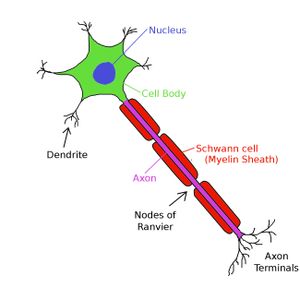WHAT US THE DIFFERENCE BETWEEN DIGITAL AND ANALOG HEARIND AID?-BASIC CLINICAL SCIENCES
Digital hearing aid |
Analogue hearing aid |
| Digital hearing aid Translate sound to digital code, change it and re-transmit it back by using mathematical calculations.
Distinguish different sounds and therefore amplify all sounds differently. Produces a high quality sound that is extremely accurate. Duplicates sound transmission. Digital circuitry is typically the most expensive. Background noise reduction. Feedback is used for reduction or cancellation of noise. All sound frequency are dealt with. |
Analogue hearing aid directly converts sound waves to electrical waves.
Do not distinguish different sounds and therefore amplify all sounds equally, which means some sounds, are too loud while others may be difficult to hear. This is rectified when the hearing aid user adjusts the volume Sound quality has to be compromised and lot of manual work is required. The sound transmitted has some error. Cheaper as compared to digital one. Background noise no cancelled. No such feedback circuitry is used. Analogue hearing aids are designed with a particular frequency response based on your hearing test. |



